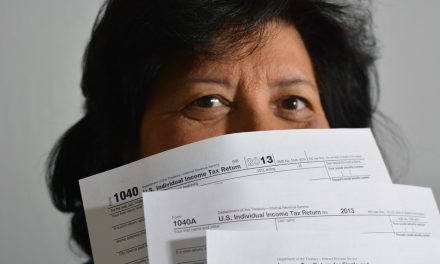Photo by Louis Hansel on Unsplash
The dilemmas: Losing good employees along with inflationary food costs and higher wage costs mandated by some governments have put many restaurants out of business.
To stay in business, many restaurants have long turned to Groupon and other daily deal sites to attract more customers. But that’s often to their peril with lower profit margins.
Ironically if you as a restaurant owner have trouble keeping talented employees, consider insights from a timeless report on a Sacramento, California TV station. It will help you stay in business.
We can still get insight from the headline, “Servers Say Groupon Leads to Smaller Tips,” The KXTL-TV report on Jan. 25, 2012, which is enlightening, prompted numerous comments on YCombinator.
Employee morale
It seems restaurant employees across the nation are unhappy about the small tips they get from customers who use discounted Groupon coupons. In 2021, a published report indicated Groupon had 24 million active customers; down from 41 million in 2012.
Consumers get coupons from Groupon for discounts. The rub is that restaurant customers are tipping on the 50 percent discounted price, not the regular menu price.
What’s worse, the article states: The State Restaurant Association told FOX40 that in a tepid economy, business owners find it hard to keep giving such big discounts.
In essence, the report serves to support the conclusions in a Biz Coach article: “Daily Deal Sites and Pricing Principles – What’s Sustainable and What Isn’t.“
Return on coupons
Long term, such restaurant couponing does not give an adequate return on investments.
The article cited research by Rice University that shows many restaurants find it impossible to be profitable by partnering with Groupon and other daily deal sites.
This business portal has long maintained it’s dangerous to sell products at the cheapest price in the marketplace vis-à-vis focusing on value and customer service.
Companies that focus solely on price attract the smallest segment of consumers – 18 percent – the least-desirable customers who make buying decisions solely on price. Such consumers are not loyal. Additionally, they’re the biggest complainers.
Governments more receptive to promoting a healthy business climate would be ideal.
Meantime, two remaing solutions: 1. Listen to your employees – partner with them. 2. Use the right strategies to give you pricing power.
From the Coach’s Corner, for business success in marketing, here are related resource links:
Restaurants Benefit by Seasoning Their Customer Loyalty Programs — With only 33 percent of patrons who are loyal customers, restaurants need to add seasoning to their customer-loyalty programs, according to a Deloitte Consulting study.
Action Steps To Get Top Results From Your Marketing Plan — Why do seemingly great marketing plans fail to yield the desired results? Well, one reason: Such plans don’t turn the ideas into reality because they’re not action-oriented. What counts is the scheduled specific footwork, and then tracking the results. There’s a second reason, quality of execution. There are five important steps to take.
Strategies to Create the Best Possible Mobile Apps — Consumer and enterprise penchants for mobile technology have skyrocketed but we’ve only scratched the surface in developing quality, application solutions. Mobile apps are expected to support initiatives for a company’s return on investment. That includes competitiveness in the marketplace; efficiency; enterprise and consumer relationships; and revenue – better yet, profits would be more ideal.
Fast, Easy Ways to Create Buzz — Sports Case Study — Question: Which sports star has created the most-positive buzz on social media since 2011.
Marketing Essentials on a Shoestring Budget — Why do businesses sometimes falter? Let’s get the perspective of a retired longtime business professor and business counselor who is actively pursued for his opinions. “One reason is they fail to understand their special niche or their market,” said Neil Delisanti, who enjoyed a unique, long career as a business professor at the University of Puget Sound and The Evergreen State College. He also ran the Small Business Development Center (SBDC) in Tacoma, WA, where he advised more than 2,000 firms.
“Turnover can be one of the most expensive problems at a company.”
-Shawn Achor
__________






